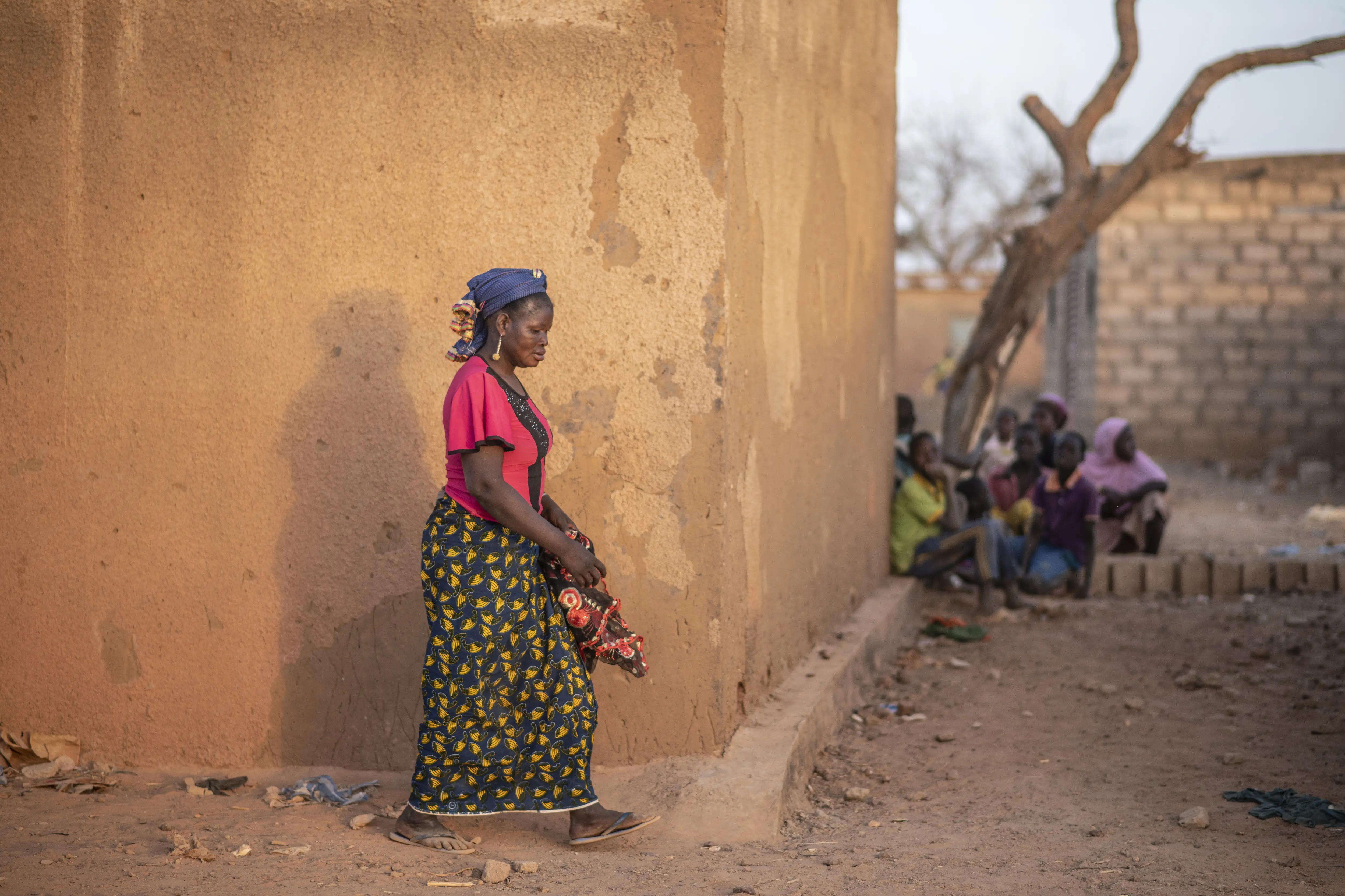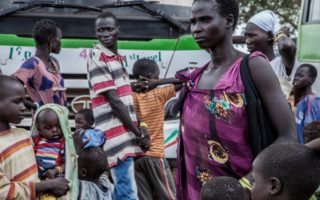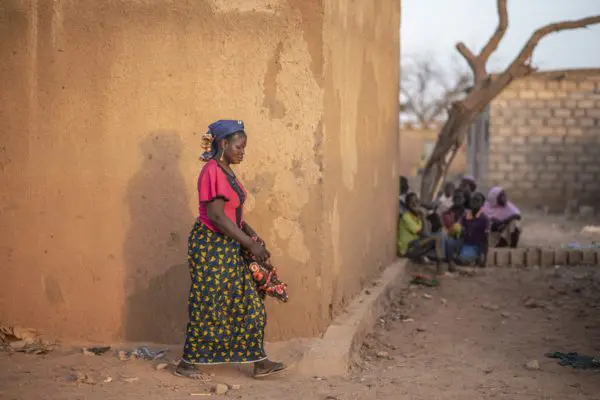
A displaced Burkinabe woman walks near the main home of district leader Diambendi Madiega, currently hosting some 560 people in and around his home. ©UNHCR/ Sylvain Cherkaoui
OTTAWA, CANADA – UNHCR, the UN Refugee Agency, published today its annual Global Trends report showing that the number of people forced to flee their homes reached an unprecedented 79.5 million in 2019. The organization is appealing for countries worldwide to do more to find lasting solutions for displaced persons, including the millions of children impacted globally.
“These staggering levels of human displacement are unlike anything we have witnessed. Behind these dramatic numbers are a multitude of individual crises, marked by immense heartbreak, desperation and sacrifice,” said Rema Jamous Imseis, UNHCR’s Representative in Canada.
The report also shows a stark contrast between the growth in displacement and availability of solutions, highlighting diminishing prospects for refugees to return home, build new lives in neighboring host countries or resettle in third countries.
Canada once again came out as the world leader in the resettlement of refugees, ranked first among twenty-six countries. In 2019, Canada provided 30,082 vulnerable refugees with the opportunity to build a new life for themselves and their families, including through its private sponsorship programme which accounted for 58% over the past ten years.
“We are saluting today the generosity of Canada and of Canadians in standing with refugees at a time of growing need,” Jamous Imseis said. “This is the collective result of individual Canadians, civil society, local communities and the Government working together and actively contributing to the protection of refugees in the world. In turn, refugees have contributed significantly to Canada’s economic and social fabric.
“Resettlement can be a life saving solution for vulnerable refugees at this time of record displacement, and we look forward to working with Canada on supporting them to continue and grow their generosity.”
Globally, 107,800 refugees were resettled in 2019. Just over half of all UNHCR resettlement submissions concerned children. Other groups included survivors of torture and/or violence, people with legal and physical protection needs, LGBTQI refugees and particularly vulnerable women and girls.
The annual increase, from a figure of 70.8 million at the end of 2018, is a result of new displacement particularly in Democratic Republic of the Congo, the Sahel, Yemen and Syria and a better presentation of the situation of Venezuelans outside their country, many of whom are not legally registered as refugees or asylum-seekers, but for whom protection-sensitive arrangements are required.
The full Global Trends report, which includes data on individual countries, demographics, numbers of people returning to their countries, and available estimates of stateless populations is available here.
Quick Facts and Figures
- One per cent of the world’s population is now forcibly displaced.
- 5 million forcibly displaced worldwide at the end of 2019, including 26 million refugees, of whom 20.4 million are under UNHCR’s mandate and 5.6 million Palestine refugees under UNRWA’s mandate; 45.7 million internally displaced people (IDPs); 4.2 million asylum seekers and 3.6 million Venezuela refugees
- 100 million people at least were forced to flee their homes in the past decade, seeking refugee either in or outside their countries. That’s more people fleeing than the entire population of Egypt, the world’s 14th most populous country.
- Forced displacement has almost doubled since 2010 (41 million then vs 79.5 million now).
- 80 percent of the world’s displaced people are in countries or territories affected by acute food insecurity and malnutrition – many of them countries facing climate and other disaster risk.
- More than three-quarters of the world’s refugees (77 percent) are caught up in situations of long-term displacement – for example the situation in Afghanistan, now in its fifth decade.
- More than eight of every 10 refugees (85 percent) are in developing countries, generally a country neighbouring the one they fled.
- Five countries account for two-thirds of people displaced across borders: Syria, Venezuela, Afghanistan, South Sudan and Myanmar.
- Displacement in cities and towns has become widespread. Among internally displaced populations two thirds were in urban or semi-urban areas as of 2019, according to available data.
- The 2030 Sustainable Development commitment of “leaving no one behind” now explicitly includes refugees, thanks to a new indicator on refugees approved by the UN Statistical Commission in March this year.
For more information and interview requests:
Gisèle Nyembwe
Tel +1 (613) 232 0909 x 225 or Cell +1 (613) 986 4300 | nyembwe@unhcr.org





